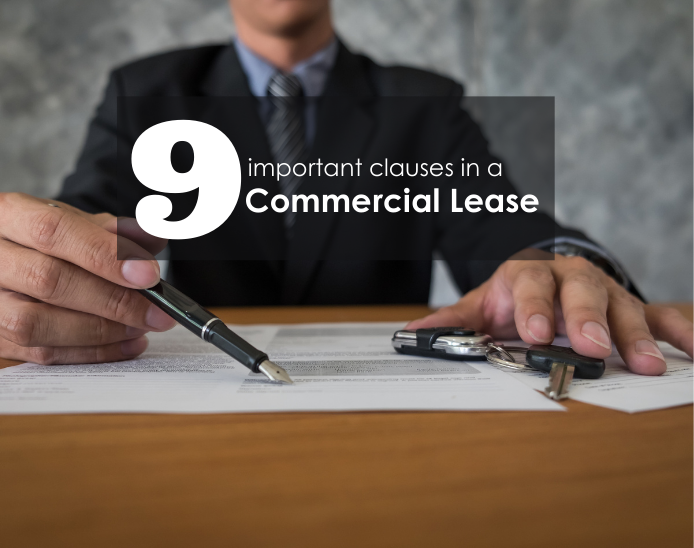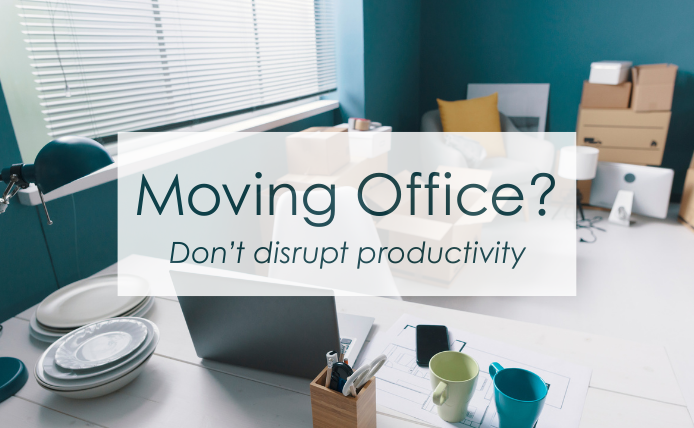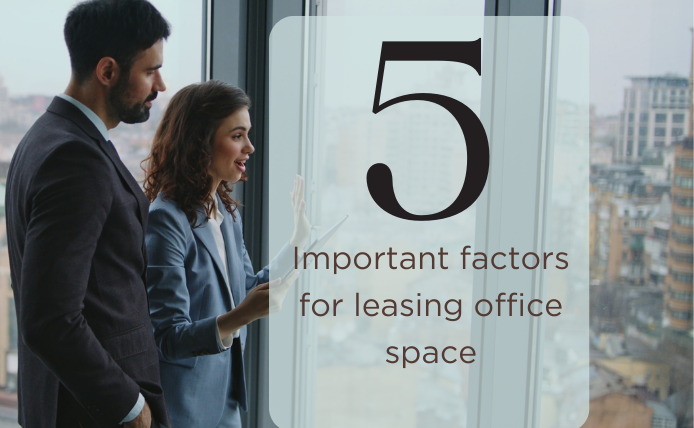Signing a commercial lease is a critical step for any business, whether you are opening your first office or expanding into a new location. While the space itself is important, the lease agreement’s terms can significantly impact your business operations and finances. Here are the key clauses to look for in a commercial lease to ensure your interests are protected.
1. Lease Term and Renewal Options
The lease term dictates how long you will occupy the property, and renewal options determine your ability to extend it.
Key Considerations:
- Duration: Understand whether the lease is short-term or long-term and how it aligns with your business plans.
- Renewal Terms: Look for clauses that specify renewal procedures and rent escalation terms.
- Exit Clauses: Check for early termination options and associated penalties.
Pro Tip: Negotiate renewal terms upfront to secure favourable rates and conditions.
2. Rent and Additional Costs
Rent is not the only financial obligation; additional costs can include maintenance, utilities, and taxes.
Key Considerations:
- Base Rent: Ensure clarity on the monthly rent amount and its payment schedule.
- CAM Charges: Understand the Common Area Maintenance (CAM) charges, including what services they cover and how costs are calculated.
- Rent Escalation: Check for annual rent increases and their calculation basis (e.g., percentage increase or tied to inflation).
Pro Tip: Negotiate caps on CAM charge increases to avoid unexpected financial burdens.
3. Use of Premises
This clause defines how the space can be used and may restrict certain activities.
Key Considerations:
- Ensure the permitted use aligns with your business operations.
- Check for restrictions on signage, alterations, or subleasing.
- Understand exclusive use rights, which prevent the landlord from leasing adjacent spaces to competitors.
Pro Tip: Negotiate flexibility in use to accommodate potential changes in your business model.
4. Maintenance and Repairs
Responsibility for maintaining and repairing the property should be clearly outlined.
Key Considerations:
- Landlord’s Responsibilities: Typically cover structural repairs, HVAC systems, and major building maintenance.
- Tenant’s Responsibilities: Often include interior repairs, cleaning, and minor maintenance.
- Compliance: Ensure the landlord is responsible for bringing the property up to code (e.g., fire safety, accessibility).
Pro Tip: Include a clause that mandates landlord responsiveness for urgent repairs.
5. Alterations and Improvements
This clause dictates whether you can make changes to the leased space.
Key Considerations:
- Approval Process: Check whether you need the landlord’s approval for modifications.
- Restoration Clause: Understand whether you are required to restore the space to its original condition upon vacating.
- Improvement Costs: Negotiate who bears the cost of structural changes or enhancements.
Pro Tip: Secure a tenant improvement allowance to offset renovation expenses.
6. Subleasing and Assignment
This clause allows you to sublease or transfer the lease to another party if needed.
Key Considerations:
- Understand the landlord’s consent requirements for subleasing or assignment.
- Negotiate the ability to transfer the lease in case of mergers, acquisitions, or business relocation.
Pro Tip: Ensure sublease terms are flexible to help mitigate financial risks during downturns.
7. Insurance Requirements
This clause outlines the insurance coverage both parties must maintain.
Key Considerations:
- Verify the type and amount of insurance required, such as liability, property, or business interruption insurance.
- Confirm whether the landlord has coverage for the building’s structure and shared spaces.
Pro Tip: Consult an insurance advisor to ensure compliance with lease terms.
8. Default and Termination
This clause specifies the actions that constitute default and the resulting consequences.
Key Considerations:
- Review what happens in case of missed payments or lease violations.
- Negotiate a grace period for non-payment before penalties or eviction are enforced.
- Understand the process for terminating the lease and associated costs.
Pro Tip: Negotiate fair notice periods for addressing default situations.
9. Force Majeure
This clause addresses unforeseeable events like natural disasters, pandemics, or government actions that prevent lease obligations from being fulfilled.
Key Considerations:
- Ensure the clause provides flexibility in rent obligations during such events.
- Review whether it covers events specific to your business, such as supply chain disruptions.
Pro Tip: Post-COVID, landlords are more open to including tenant-friendly force majeure clauses. Do not hesitate to negotiate.
Understanding and negotiating the key clauses in a commercial lease can save your business significant costs and avoid operational disruptions. From rent and CAM charges to termination and subleasing, ensure every detail aligns with your business needs.
Looking for expert lease negotiation support? At ANAROCK Commercial Leasing & Advisory, we help businesses navigate the complexities of commercial leases, ensuring optimal terms and outcomes.
Contact us today to simplify your leasing journey.






